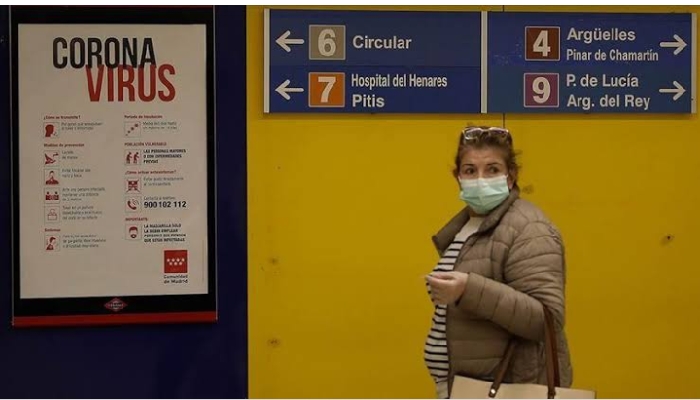Washington, Oct 2: As many as 58 people were killed and 515 injured when a terrorist opened fire on an outdoor music festival on Sunday night from the 32nd floor of an adjacent hotel in the Las Vegas Strip. Local police have described the incident as an act of “domestic terrorism.”
The Islamic State, an anti-Islamic terror group, claimed responsibility for the attack but the Federal Bureau of Investigations (FBI) has disputed the claim. “We have determined, to this point, no connection with an international terrorist group,” Aaron Rouse, the special agent in charge of the FBI in Las Vegas, said at a press conference on Monday.
Around 22,000 people had gathered for the Route 91 Harvest country music festival that is held over the three days. Jason Aldean was scheduled to be the headline performer on the final night on Sunday. However, he was not on the stage when the shooting began around 10:08 p.m. Eyewitnesses quoted by the National Public Radio said the shooting went on for several minutes.
The concert goers crowding Las Vegas Village initially did not realise that it was bullets raining on them from the Mandalay Bay Hotel and Casino that overlooks the outdoor venue. The shooter may have been staying in the hotel since Thursday, police said. “..approximately 406 people were transported to area hospitals," the Las Vegas Metropolitan Police Department said.
The incident is the deadliest mass shootings in recent time in the U.S. The June 2016 mass shooting at the Pulse nightclub in Orlando, Florida left 49 dead.
The gunman, identified as Stephen Paddock, a 64-year-old white man, was found dead in his hotel room by the police. Police said they recovered “in excess of 10 rifles” from his room, which they blasted open, and suspected that he used automatic assault weapons in the attack. Paddock from Mesquite was a licensed pilot, owned two planes and had a hunting licence from Alaska, according to initial reports. However, no motives have been suggested for the deadly violence. The FBI has joined the investigation, along with the local police.
President Donald Trump termed the incident “an act of pure evil.” A presidential proclamation ordered flags be flown at half-staff on federal buildings. “We cannot fathom their pain, we cannot imagine their loss,” Mr. Trump said of those who lost loved ones in the massacre.







Comments
Dear Cd, This is a fake news spread in Google and Facebook
Add new comment